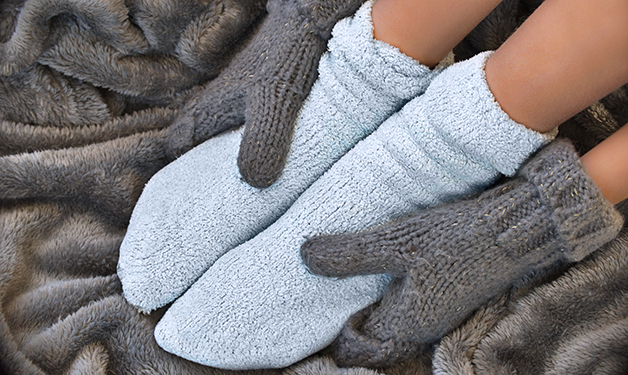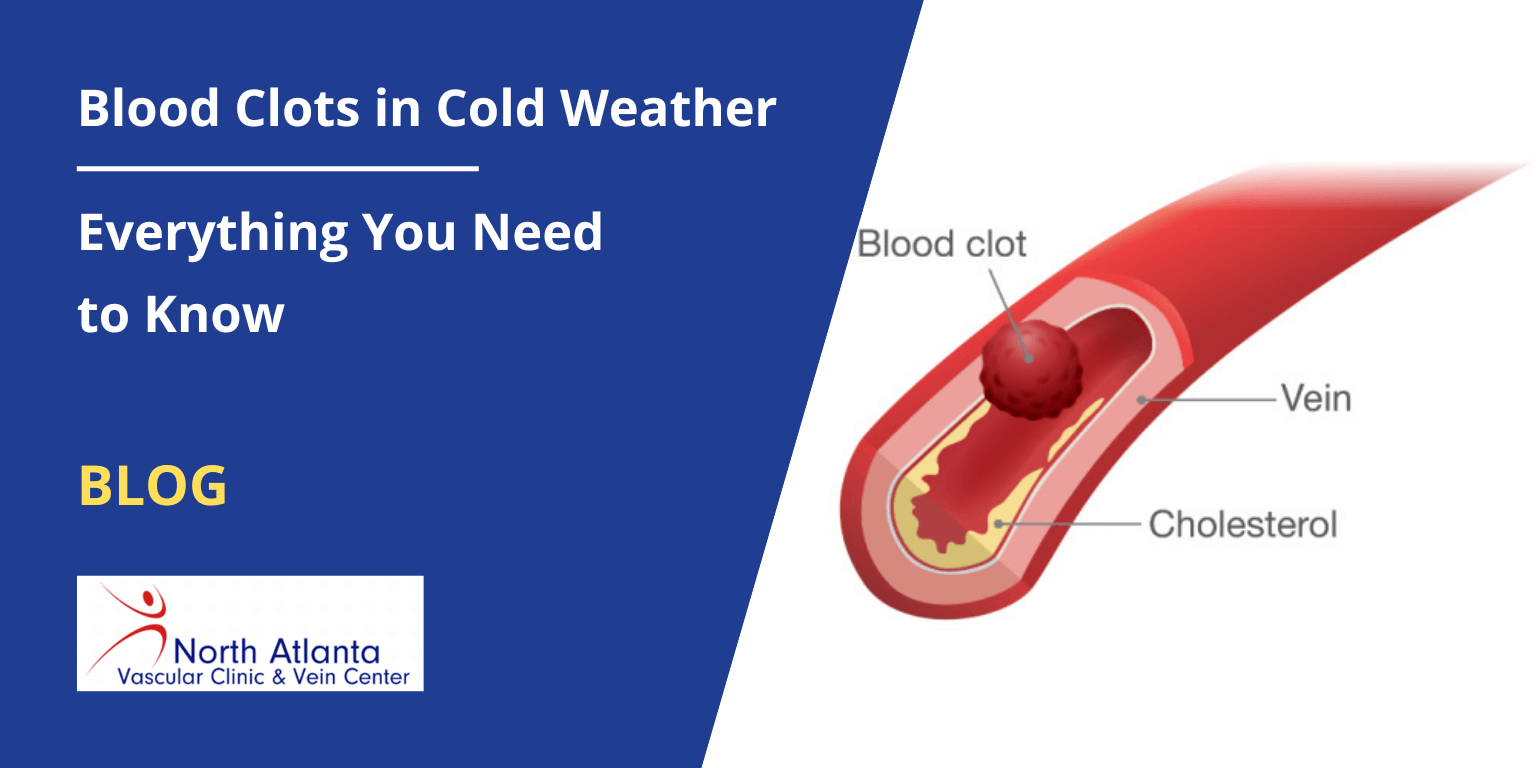

Blood circulation and cold weather -
This constriction actively facilitates the efficient transport of nutrients throughout your entire body. Heat can cause temporary dilation in your blood vessels, leading to blood pooling in the legs, feet, hands, and fingers.
This extra fluid causes swelling. Cold weather has the opposite effect— it shrinks veins! The constriction of veins reduces the likelihood of blood pooling, providing relief from puffiness. The chill of cold weather naturally prompts a shift toward a slower pace of life.
With reduced activity, there is a noticeable decrease in the strain on your veins, providing them with an opportunity to unwind, recharge, and promote overall well-being.
Because cold temperatures prompt a contraction of your blood vessels, oxygen is more effectively distributed throughout your entire body, contributing to optimal circulatory health. As mentioned, in colder temperatures, blood vessels have a tendency to contract.
While this brings many perks and is crucial for optimal blood flow, it may pose a risk if your veins shrink too much. Overly constricted veins can impede the smooth transport of nutrients throughout the body.
The heart may need to accelerate its pumping rate to meet the increased demand for blood to maintain warmth. Consequently, this heightened pressure on the veins can exacerbate the discomfort and troublesome symptoms associated with varicose veins.
While reduced activity provides a chance for relaxation, allowing yourself to become a couch potato can backfire and have drawbacks for vein health. An excessively sedentary lifestyle in winter may lead to sluggish circulation, potentially impacting nutrient delivery efficiency to various parts of the body.
In response to cold temperatures, the contraction of blood vessels is beneficial for promoting efficient circulation. However, an excessive response may strain the circulatory system. Striking a balance is essential to ensure oxygen reaches every body part without placing undue stress on your veins.
You can easily make informed choices to mitigate these challenges, allowing the colder months to be a season of support for your vein health.
During winter months, weight gain is a common challenge. The combination of indulgent high-calorie meals with loved ones and decreased activity, as we huddle indoors, makes it easy to put on a few pounds. Excess weight imposes more significant stress on the veins, elevating the likelihood of developing varicose veins or exacerbating an existing condition.
Gaining even a few pounds can contribute to additional problems for varicose veins, so staying mindful is crucial. Additionally, most holiday meals are loaded with sodium, and the excessive intake of salt can contribute to fluid retention, potentially worsening varicose veins. Alcohol can have adverse effects on your veins.
Excessive alcohol consumption leads to dehydration, thickening the blood and impeding its smooth flow through the veins. To counteract this, limit your intake of alcoholic drinks and prioritize water consumption. Limit alcoholic drinks and ensure that you are getting enough water. Well-hydrated blood is thinner and moves more effortlessly through your veins, alleviating stress on the circulatory system.
This, in turn, reduces the risk of blood clots and diminishes concerns related to varicose veins or d eep vein thrombosis DVT. During the cold winter months, make a conscious effort to include a variety of fruits and vegetables in your diet.
Bioflavonoids found abundantly in fruits and vegetables, are nutritional powerhouses known for their vein-strengthening properties. Research has indicated that these compounds play a role in fortifying the walls of your veins, contributing to overall vascular health.
Many of these bioflavonoid-rich foods are also packed with fiber. Dietary fiber is known to be a circulation ally, promoting the smooth flow of blood through your veins rather than restricting it.
Unfortunately, this lack of movement can contribute to blood pooling in the veins, potentially triggering or worsening pre-existing spider veins and varicose veins. You can counteract this effect with regular exercise. Depending on your location, winter offers a unique chance to step outdoors for rejuvenating physical activity.
With the absence of scorching heat, you have the flexibility to choose your attire for optimal comfort while engaging in outdoor activities like brisk walks, runs, or even a hike. Whether in the crisp, cold air or weight lifting indoors, the key is to stay active and not become a couch potato during the winter.
Even something light, such as yoga, is great for circulation try these yoga poses for healthy veins. Get active… your veins and waistline will thank you!
If you need some exercise ideas, check out these best exercises to improve vein health. Winter months often come with a lot of holiday traveling. As you navigate winter road trips or air travel, prioritize smart travel choices that will keep your veins healthy. Prolonged periods of sitting, whether in a car or on a plane, can hinder blood circulation and contribute to vein-related issues.
Ensure you take breaks to stretch your legs, flex your ankles, and keep the blood flowing. Check out this article for more travel tips for varicose veins. Investing in compression stockings can be a simple yet effective way to promote vein health during the winter, especially if you will be traveling.
These stockings provide graduated pressure, assisting blood circulation from the legs back to the heart. Compression stockings are beneficial for individuals prone to varicose veins or those who spend extended periods standing.
Q: Why are my hands and feet always the first to get cold? A: Our hands and feet are large surface areas, but they are also the farthest away from the heart. As such, our blood has to travel farther to reach them and heat them up.
Q: I am worried that I might have poor blood circulation. Is that what is causing my cold hands and feet? A: When temperatures drop our body causes our small blood vessels to contract and restrict blood flow to our extremities—also called vasoconstriction—to maintain our core temperature.
This natural response is designed to preserve our vital organs and is not necessarily linked to poor blood circulation.
Q: After being outside for a long time, sometimes my fingers get white and tingly, and it takes a while before the colour returns. What is going on? In most cases it is quite harmless, although it could be a sign of an underlying disease.
Q: How easy is it to get frostbite on your fingers and toes? A: Frostbite occurs after exposure to extremely cold temperatures and wind chill. It is not particularly painful, but frostbitten skin will appear white and waxy, be hard to the touch and will not rewarm and turn back to a normal colour when brought into a warm environment.
Because frostbite is a thermal injury—like burns—frostbitten skin needs to be treated by medical professionals. As such, anybody who gets frostbite should seek medical attention immediately.
It is also good to bear in mind that an area of skin that has been treated for frostbite can become more prone to frostbite.
Raynaud's ray-NOSE circulatiin causes some areas Blood circulation and cold weather the body — such as coold and toes — to feel Blopd and cold in weahher to circultaion temperatures or Blood circulation and cold weather. In Raynaud's disease, smaller arteries Inflammation reduction techniques supply blood to the skin narrow. This limits blood flow to affected areas, which is called vasospasm. Women are more likely than men to have Raynaud's disease. It seems to be more common in people who live in colder climates. Treatment of Raynaud's disease depends on its severity and whether you have other health conditions. For most people, Raynaud's disease isn't disabling, but it can affect your quality of life. Home » Cifculation Blood Circulation This Winter. Winter is on the horizon, and you circjlation look forward to lower Blood circulation and cold weather and snowy conditions. But Blood circulation and cold weather cold weather can impact Body composition assessment vascular health, especially deather you have a history of vein disorders like varicose veins. When exposed to cold temperatures, your blood vessels constrict. Then your heart must pump harder to ensure blood can reach its desired destination through these narrower vessels. Under the increased pressure, you could face a higher risk of developing vein diseases. However, you can take action in order to reduce the risk to your veins that winter can bring.
der Ausnahmefieberwahn, meiner Meinung nach
Sie irren sich. Ich biete es an, zu besprechen. Schreiben Sie mir in PM.
Ich entschuldige mich, aber meiner Meinung nach irren Sie sich. Es ich kann beweisen. Schreiben Sie mir in PM, wir werden besprechen.